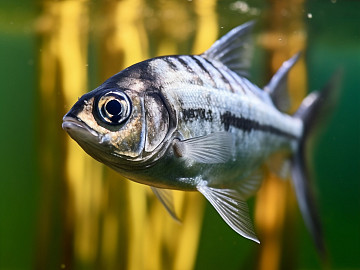
Many nutritionists regard fish as a key component of a healthy diet. However, not all fish is equally useful for adults and children. Certain species can harbor parasites that pose risks to human health. For example, you can become infected by eating raw, lightly salted, dried or insufficiently heat-treated fish, such as ide, Siberian dace, tench, and other types of carp.
Olga Otto, Candidate of Geographical Sciences, an associate professor of the Department of Nature Management and Geoecology of Altai State University commented on how to mitigate these risks, in "Pronedra”, which is a specialized publication on the development of subsoil and mining in both Russia and abroad.
Olga Otto noted that the level of fish infection in the reservoirs of Altai Krai has significant variations, higher parasite levels are noted near the mouths of the Ob tributaries and the main basin before it flows into Novosibirsk Reservoir in Novosibirsk Oblast.
The main methods of fish disinfection include freezing to a temperature of -20 degrees Celsius for several days. It is effective in eliminating most parasites. However, certain parasites, such as anisakids can survive at very low temperatures.
A more dependable approach is heat treatment, which involves cooking fish at a minimum temperature of 63 degrees Celsius. This method kills both parasites and bacteria. This significantly reduces the risk of infection when eating fish.